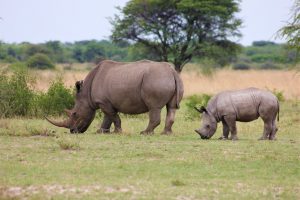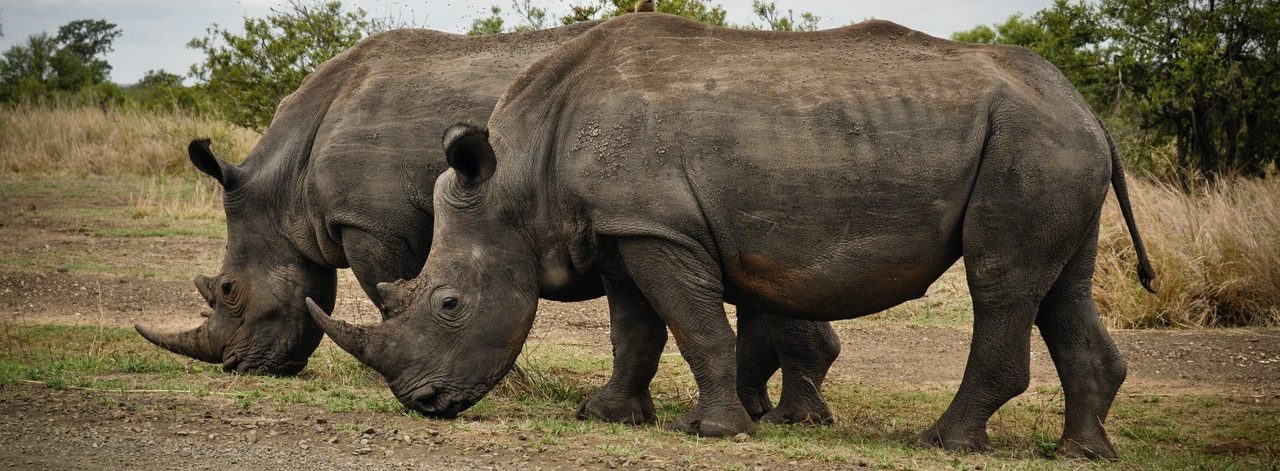 It is not new that renowned scientists and researchers are warning authorities about the mass extinction of several species of animals. As it is an important topic – and always up-to-date -, we make a point of publishing articles that address any facts regarding the subject. Fortunately, this time, we’re not here to talk about extinction, or the declining population of certain species. We came to address the opposite. Today we are going against the grain – which, honestly, makes us very happy. We are here to report that Nepal’s rhino population, which has been threatened with extinction for decades, has increased.
It is not new that renowned scientists and researchers are warning authorities about the mass extinction of several species of animals. As it is an important topic – and always up-to-date -, we make a point of publishing articles that address any facts regarding the subject. Fortunately, this time, we’re not here to talk about extinction, or the declining population of certain species. We came to address the opposite. Today we are going against the grain – which, honestly, makes us very happy. We are here to report that Nepal’s rhino population, which has been threatened with extinction for decades, has increased.
That’s right. According to a recent report published by CBS News, thanks to the restrictions imposed by the pandemic caused by the new coronavirus, the population of rhinos that currently inhabit certain regions of Nepal has soared.
New members
According to information made available by the report produced by CBS News, the number of rhinos has increased to 100 in the last six years. At first glance, the number may seem small, but believe me, it’s not, so much so that authorities are celebrating the species’ population growth. The moment is, for many, a milestone when it comes to conservation.
According to the Department of National Parks and Wildlife Conservation, in 2015, the number of rhinos that inhabited the four national parks that are located in the southern plains of the country was 645. Today, the number is 752. The growth it’s the biggest seen in decades.
“The increase in the number of rhinos is news that leaves us excited,” department information official Haribhadra Acharya said in a press release. “But that doesn’t mean we don’t have challenges ahead. Now, for example, to expand the areas that these animals inhabit to maintain population growth”.
Rhinos
As reported in the report published by CBS News, the areas mentioned above were once dominated by thousands of rhinos. However, hunting and habitat loss influenced the reduction in the number of these animals. In the 1960s, for example, only 100 remained.
Since 1994, the competent authorities in Nepal have carried out a census to count the population every five years. The first census carried out found the presence of 466 rhinos. The action was imposed as a preventive measure, an effort to conserve the species after it ran the risk of extinction.
With the completion of the census, the government of Nepal began to intensify initiatives to combat hunting and expand conservation measures. The lack of tourists and, consequently, of hunters, ended up transforming national parks into promising habitats.
“Due to the restrictions imposed by the pandemic we are experiencing, the presence of tourists has drastically reduced, which has helped us to further preserve the rhino habitats,” Acharya told CBS News. “In this scenario, you could say that wildlife was more than boosted.”
The last census was carried out last month, that is, in March. The work had the participation of specialists, military and veterinarians. It took a total of three weeks to account for the current rhino population. The census was supposed to be carried out last year, but was postponed due to the pandemic.
To count the number of rhinos, those involved used GPS equipment, binoculars and cameras. All work was done based on the “direct observation method”. None of the members who participated in the census approached the animals. The team of experts was also supported by the World Wildlife Fund.

